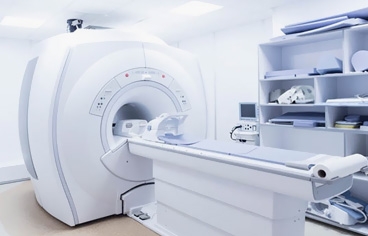Control Of Our Selves Is Important
- Home
- Control Of Our Selves Is Important

We call every lesion that shows a change in color and consistency in a certain place on our skin “I”. Some of them consist of a simple stain. Some of them have a frightening appearance with fluffy and rough surfaces, while in fact they can be extremely benign lesions. Again, some of them are brown moles, especially of color cell origin. Here, these last moles should be monitored more seriously.
Being self is usually associated with a genetic predisposition. It is recommended that these people undergo a dermatological examination at certain intervals in December for changes in their moles. A mole considered risky by the doctor can be taken or follow-up can be recommended at December 6-12 months.
What Should Be Done If Some Changes Are Noticed In Your Old Mole?
So, what should be done if a new mole or a lesion similar to a mole appears in any area of the skin, or if some changes are noticed in your old mole?
First, each I should be dealt with individually independently and good or bad scores are awarded with the “ABCDE” evaluation criteria.
A: Represents the initial asymmetry. Good points are awarded if both sides are symmetrical, and bad points are awarded if they are asymmetric.
B: A good score is given if the edge (Border) Benin edges are smooth, and a bad score is given if the indented protrude.
C: Color (Color) both sides of the Benin are the same color, if homogeneous, if there are different (light and dark) shades on the good, bad points are awarded.
D: Diameter (Diameter) good if the diameter is less than half a centimeter, bad score is given if it is large.
E: Elevation I give straight,good if not fluffy from the skin, bad if fluffy. It should be noted that the multiplicity of bad points indicates that benin does not have cancer, but should be observed more often.
A number of rapid changes in me require contacting a dermatologist without wasting time and waiting for a periodic appointment. It should not be played with moles and protected from the sun. 50 factor sunscreen should be applied every 3-4 hours in open areas.
But most importantly, there is a history of melanoma in people with a family blood connection or in the patient himself. Melanoma is the name given to cancers of single cell origin. Here, there may be the presence of melanoma predisposition genes. In such a case every I should be watched with seriousness.
-
 What is Endometriosis (Chocolate Cyst)? What are the symptoms? How to Treat?
What is Endometriosis (Chocolate Cyst)? What are the symptoms? How to Treat?
-
 Colon Cancer (Symptoms, Stages, Treatment)
Colon Cancer (Symptoms, Stages, Treatment)
-
 Influenza (Flu) in Children
Influenza (Flu) in Children
-
 Stomach Cancer Symptoms and Treatment Methods
Stomach Cancer Symptoms and Treatment Methods
-
 What is Lymph Node Swelling? What Are The Reasons?
What is Lymph Node Swelling? What Are The Reasons?
-
 When to Use Antibiotics? What are the side effects? What is Antibiotic Resistance?
When to Use Antibiotics? What are the side effects? What is Antibiotic Resistance?
-
 What is Muscle Spasm?
What is Muscle Spasm?
-
 What is MRI? How to Take an MRI with Medication? Is It Harmful?
What is MRI? How to Take an MRI with Medication? Is It Harmful?
-
 What are the Causes of Diarrhea and Vomiting? How to Treat?
What are the Causes of Diarrhea and Vomiting? How to Treat?
-
 What is Heart Failure? What are its stages? How to Treat?
What is Heart Failure? What are its stages? How to Treat?